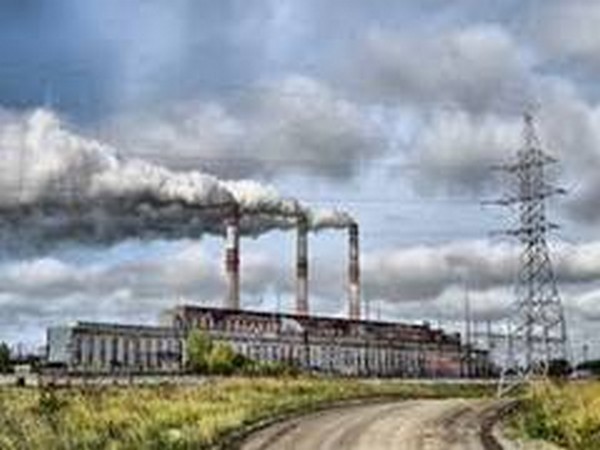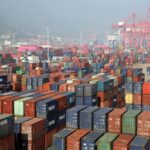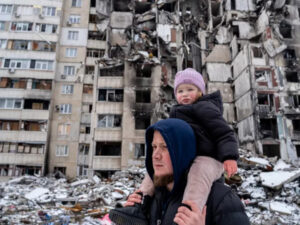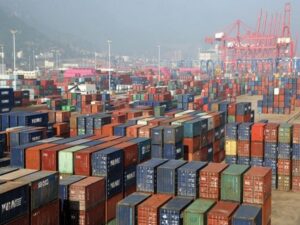
Beijing [China], May 22 (ANI): While the world is battling COVID-19 pandemic, China’s carbon emissions has reached a new record high with a growth of 14.5 per cent in the first quarter of 2021 as compared to the previous year, according to a report by the Centre for Research on Energy and Clean Air (CREA).
The report published on Thursday stated that “the country’s CO2 emissions from fossil fuels and cement production grew 14.5 per cent in the first quarter of 2021 compared to the previous year,” reported CNN.
Lauri Myllyvirta, lead analyst at CREA said that it is the fastest rate of growth in more than a decade. Emissions were also 9 per cent higher than they were in the first quarter of 2019, before the pandemic.
As a result, China’s emissions generated nearly 12 billion metric tons of CO2 in the year ending March 2021, a record high.
“The CO2 surge reflects a rebound from coronavirus lockdowns in early 2020, but also a post-Covid economic recovery that has so far been dominated by growth in construction, steel and cement,” CNN quoted Myllyvirta as saying.
Recent data from carbon monitor has shown an uptick in China’s carbon emissions, too. The global CO2 emissions tracker said the country’s emissions in the first quarter increased 21 per cent year-on-year, fastest among the world’s major emitters.
This comes after Chinese President Xi Jinping vowed last year to make his country carbon neutral by 2060. The 2060 target has always been an ambitious one for the world’s largest emitter of carbon. But it is also tough for China to reduce its impact on the climate and achieve a greener economy when its recovery is reliant on projects driven by fossil fuels, the report read.
The lead analyst at CREA said that China’s construction activity had led to an increase in the use of coal, which accounted for around 70 per cent of the growth in emissions in the first quarter. The rest, he said, was because of growth in oil and natural gas demand.
According to Myllyvirta, about 60 per cent of the uptick in coal usage came from the power sector. The next two big contributors were the metals and building materials sectors, where activity is increasing because of demand for real estate projects.
“But the emissions reduction plan can only work if the current expansion of steel demand for construction slows down,” he said, adding “This goes to the heart of China’s macroeconomic policy.”
“If CO2 kept going up at the current rate until the end of 2021 — an approximately 9 per cent annual increase from 2019 — then there would be virtually no space for further emissions growth during 2022-2025, meaning emissions would have to stay flat or fall to meet the 2025 targets,” the analyst added. (ANI)



















